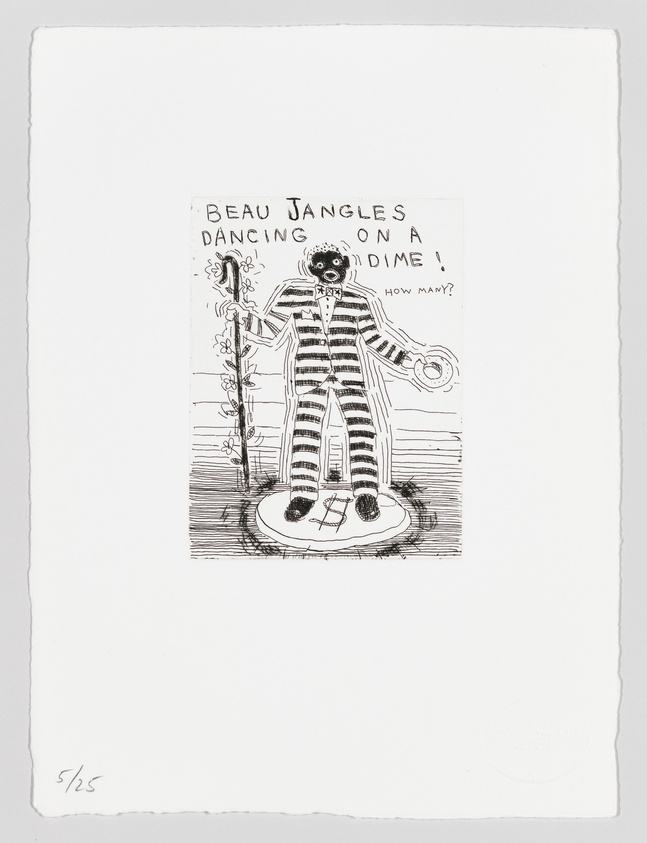Paul Thek, Warrior’s Arm, 1967, and other cast body parts
From Paul Thek: Diver, A Retrospective
Oct 19, 2010
0:00
Paul Thek, Warrior’s Arm, 1967, and other cast body parts
0:00
Narrator: In 1966, Thek began casting parts of his own body, which he enshrined in boxes, like the meat pieces. He later called both these works and the meat pieces “Technological Reliquaries.” In the Catholic Church, a reliquary is a precious container designed to hold the sacred remnant of a saint’s body. Relics are worshipped. Here, Thek presents arms, hands, and even his head and teeth in cases made from Plexiglas and other cutting edge materials of the time.
Like the meat pieces, these works interweave personal meanings with wider cultural and political concerns. According to Thek’s friend, Ann Wilson, Thek said that the severed arm, with straps evoking the armor of an ancient Roman gladiator, was a metaphor for his own struggle with intense sensual passion. But the works also convey a more general concern that technology would deaden the human spirit. Finally, although Thek never intended to create social protest art, the severed limbs would have brought to mind the many thousands of people maimed and killed in the Vietnam War.
Thek’s eventual goal was to create a full body cast, but he first had to refine his technique. As you examine the other objects in this area, listen to painter Neil Jenney, Thek’s studio assistant in 1967, describe their disastrous first efforts at casting.
Neil Jenney: God the poor guy tortured himself. He didn’t know what he was doing at all. And he went through a lot of pain and suffering to get it done. The first casting we did was of his leg. So basically he had a container, let’s say maybe a five-gallon bucket. So we poured plaster in on each side. He forgot to shave his leg. He also had a friend who told him if you put salt in it, it will set up faster. Salt forces it to cure faster but it forces it to cure at a higher temperature. So we’re waiting for the stuff to cure up enough to solidify so we can take him out of it. But it was heating up so much it was burning him. So he was like, “Oh, It’s burning, it’s burning, take it out.” So I take it out and then we realize the hair was holding it on. And his lower leg from the knee down was like a lobster. It was burnt. And he said well, you can go home now and I’ll call you when I need you.
